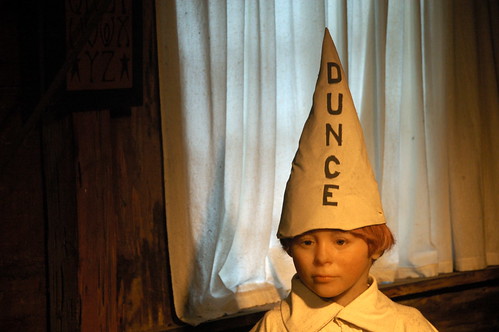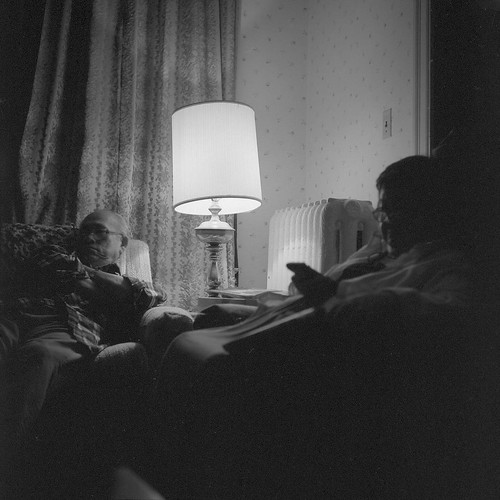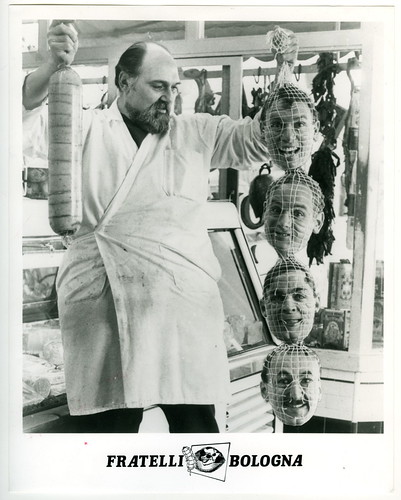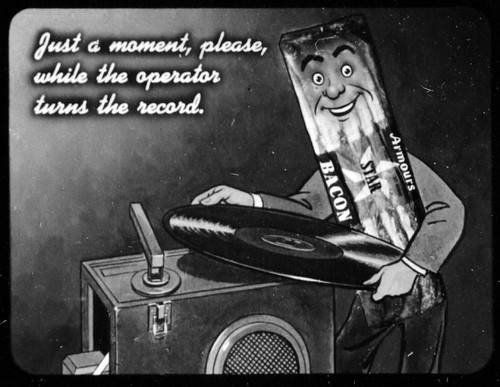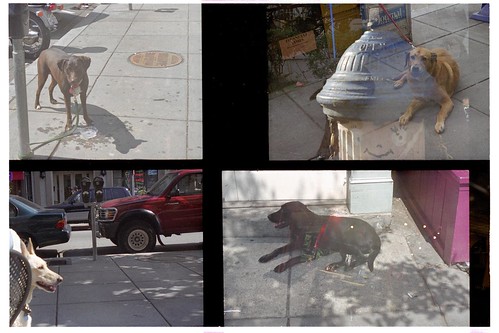 |
| Photo courtesy of Little Brown Mushroom. |
Here is this week's literally eleventh-hour (twenty-third hour if you keep military time) photo book review, brought to you by the pile of photo books I bought last month.
Soth pere recently explained to the New York Times, for whom he occasionally blogs, that there are wall photographers and there are book photographers, and he considered himself squarely in the company of the latter. I wouldn’t tell anybody not to see a Soth gallery show, but I would tell you to run and find one of his excellent books, from his landmark debut Sleeping by the Mississippi
He has passed on his gift for the photography book to his daughter, who supplies the kind of openness and imagination that most of us unfortunately grow out of. The Brighton Bunny Boy incorporates Carmen Soth’s text and illustrations with her father's photos of an elusive boy (played by brother Gus) who mysteriously hides in a bunny costume. Such alienation is often seen in her father’s work but I all too well remember that childhood alienation, different from that of adulthood but no less acute, and Soth adresses one of the painful dilemmas of growing up: how to find and assert your identity in the greater society. In the span of eighteen zine-sized pages, a brief but not at all minor drama plays out with character development and resolution. The book is cute and unsettling, a winning combination. May the Soth family continue their monographic winning streak for generations to come.
Also recently reviewed: the new Criterion DVD editions of Sweet Smell of Success and Luchino Visconti's rarely seen Senso for Blogcritics. This post was brought to you by the letter S.
Update: The Seattle Post Intelligencer syndicates Blogcritics content, and Alec Soth just linked to the review from the Little Brown Mushroom blog with the clarification that Carmen took all the photos as well. Yay Carmen!


